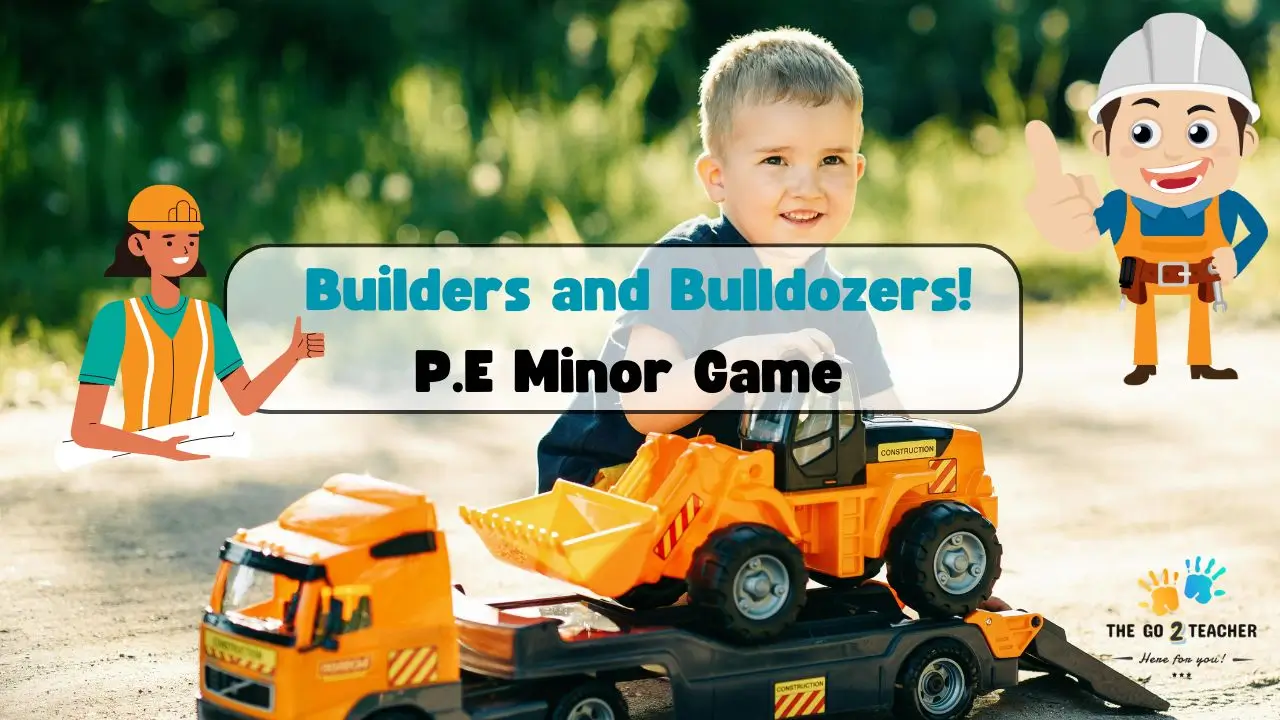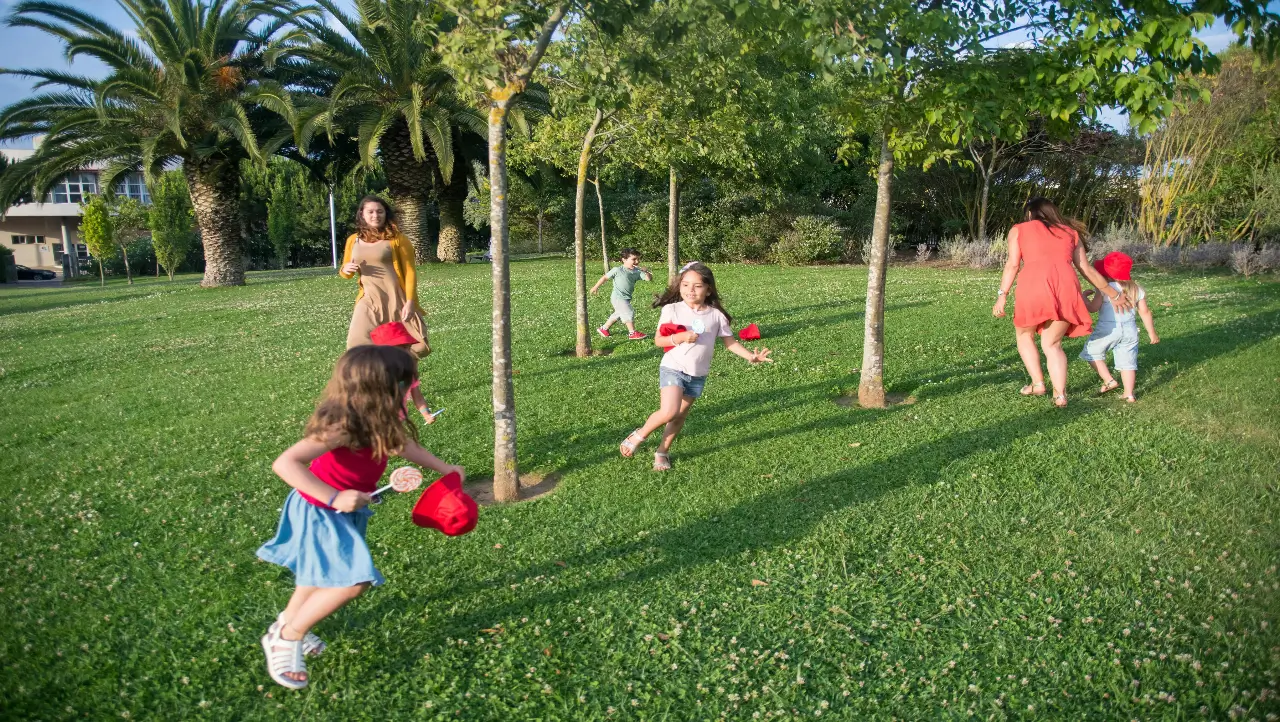Builders and Bulldozers! | Early Years P.E
Jul 15, 2024


Kas
Builders and bulldozers is a great game for all ages but especially the early years (Kindergarten- Year 2). Whilst this game can be used for all year levels as a simple quick warm-up, I find that this minor game is extremely useful as an activity to teach young learners about more complex games and the importance of following rules when playing games.
For Builders and Bulldozers to work successfully students need to be honest and avoid the temptation of breaking the rules of the game. This becomes a great teaching tool to show young learners that if we don’t follow the rules of a game, the game can easily break down and not become enjoyable or effective anymore! This is also a great first activity for students as they progress to more complex activities.

What Do You Need?
- Cones/ Witches Hats
- Playing area
What Is The Goal Of The Game?
- To place all the cones up or down, depending on which team you are on
- To work together with your teammates to achieve a successful outcome
- Showing respect to the other players and rules of the game
How Do You Play?
- Split the class evenly into two teams, one team is the bulldozer team and the other is the builder team
- Teams start at the opposite end of the court
- In the middle of the playing areas is a whole bunch of cones or witches’ hats that are randomly scattered in the middle of the court
- The building teams goal when the game starts is to run to the centre of the court and try to knock over any cones that are standing the right way up. When a player knocks down a cone they have the return back to their starting point before they can knock over another cone. This forces students to run back and forth every time they knock over a cone, meaning they cannot knock over numerous cones at the same time.
- The building team has to do the same except try to flip all the fallen cones so they are standing up correctly.
- At the end of a designated time period (2 minutes) the team who has the most cones turned their way are the winners
- Teams then switch roles
- If a player is seen turning over a cone multiple times without running back they are eliminated from the game
- When the whistle is blown to signify the end of a round, no one is allowed to flip over any cones- players will be provided with 20 second reminder so they are aware the round is about to end

How Can You Modify It?
Make it easier!
- Place less cones in the middle
- Students start closer to the centre of the field
Make it Harder!
- Students stand further away from the cones
- More cones in the middle
What Are The Main Skills Being Utilised?
Fundamental Movement Skills:
- Locomotor- run, jump, dodge, lunge, side step, leap
- Stability- turning, balance, stopping, bending, stretching
Tactical Skills:
- Scanning the field of play to make decisions
- Cooperative play, supporting teammates
- Following rules and structures of a game
- Critical thinking through decision-making
What Does The Evidence Say About Understanding Rules And Boundaries In P.E?
- Enhances Understanding of Fair Play and Sportsmanship: Playing games with established rules in P.E. helps students understand the importance of fairness, respect for others, and adherence to shared guidelines. This fosters a sense of sportsmanship, which is crucial not only in sports but also in daily interactions and community life (Wuest & Fisette, 2012).
- Improves Cognitive and Social Skills: Engaging in games that require understanding and applying rules can enhance cognitive skills such as strategic thinking, problem-solving, and decision-making. Additionally, it promotes social skills like communication, teamwork, and conflict resolution as students interact and collaborate to follow the rules (Bailey, 2006).
- Encourages Physical Activity and Healthy Competition: Structured games with clear rules can make physical activity more enjoyable and engaging for students. This not only encourages them to be more active but also instills a sense of healthy competition. Understanding and following the rules adds an element of structure and predictability, which can make physical activities more appealing and rewarding (Siedentop, Hastie, & van der Mars, 2011).
Sources:
- Bailey, R. (2006). Physical Education and Sport in Schools: A Review of Benefits and Outcomes. *Journal of School Health*, 76(8), 397-401.
- Siedentop, D., Hastie, P., & van der Mars, H. (2011). *Complete Guide to Sport Education*. Human Kinetics.
- Wuest, D. A., & Fisette, J. L. (2012). *Foundations of Physical Education, Exercise Science, and Sport*. McGraw-Hill Education.
Helpful Resources: